Latent catalysts allow for controlling the onset of polymerization exactly where and when needed.



Latent catalysts allow for controlling the onset of polymerization exactly where and when needed.
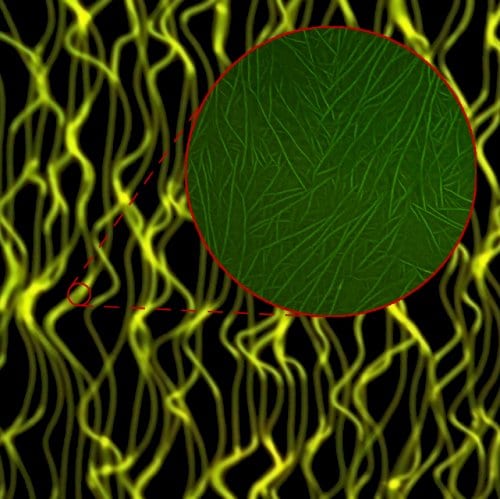
A network of polymer crystalline fibrils generated in situ during spin-coating suppresses effectively dewetting of the diluted polymer solution.
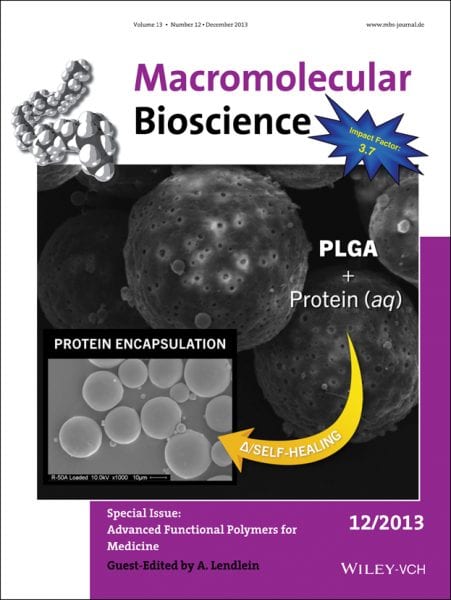
A special issue guest-edited by Andreas Lendlein has recently been published in Macromolecular Bioscience. Read selected highlights for free for a limited time!
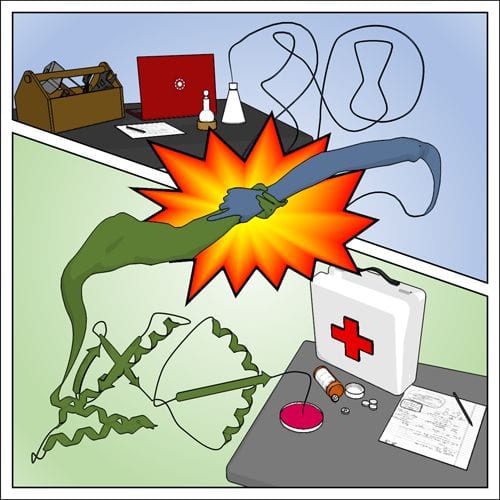
Polymer-protein conjugates unify the benefits of both the synthetic and biological worlds.
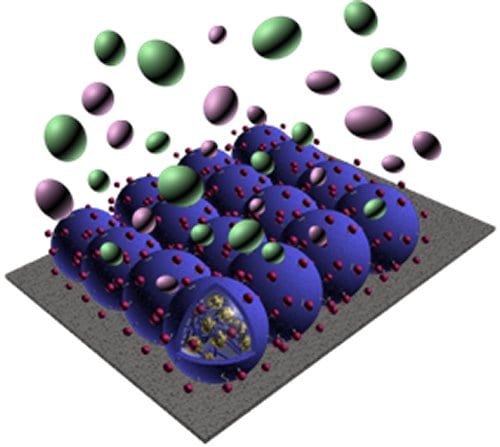
A novel approach is presented for making polymer nanoparticles that can release dual osteogenic growth factors while adhering to Ti surfaces.
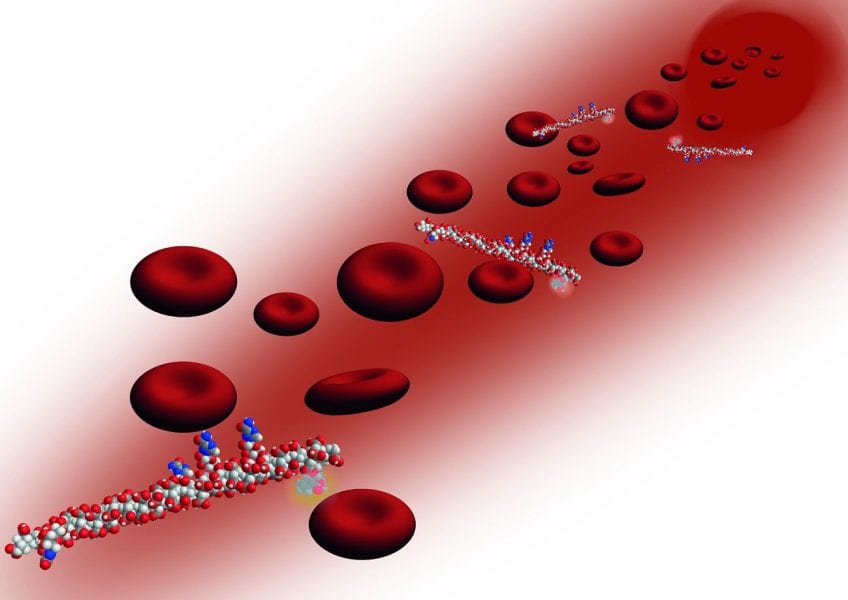
Conjugation of ribavirin to a carrier polymer prevents association of the drug with the red blood cells and thus overcomes the origin of the main side effect.
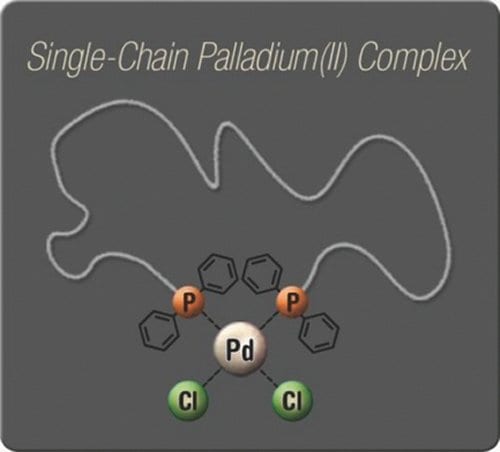
The controlled folding of single polymer chains is for the first time realized by the complexation of metal ions.
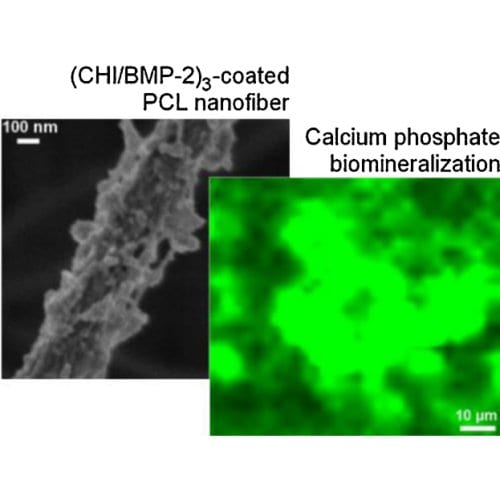
Bioactive implants intended for rapid, robust, and durable bone tissue regeneration are presented.
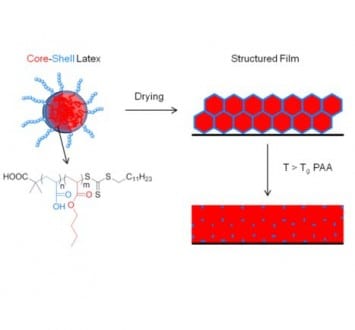
Researchers from France prepared exceptionally stiff and tough polymer films with a very low volume fraction of percolating phase.
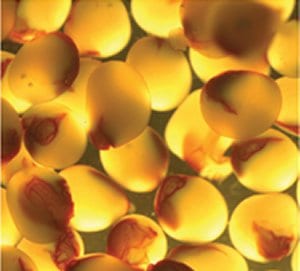
The third and final part of the series “Advances in Polymers for Stem Cell Research” by guest-editor Suwan N. Jayasinghe has now started in Macromolecular Bioscience.